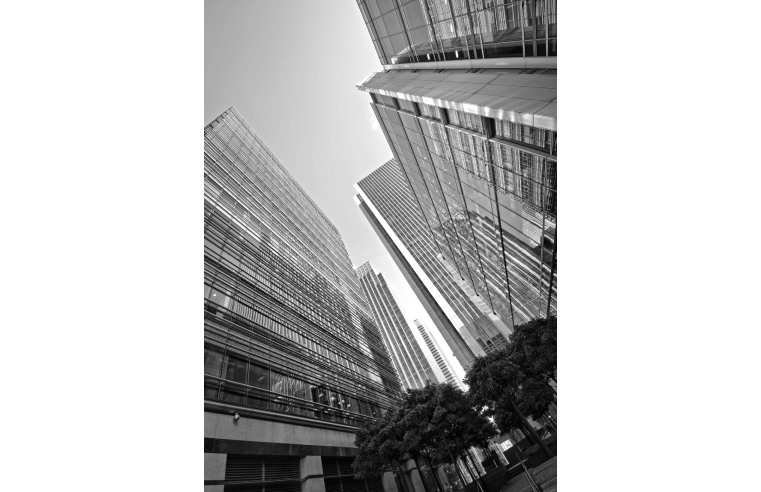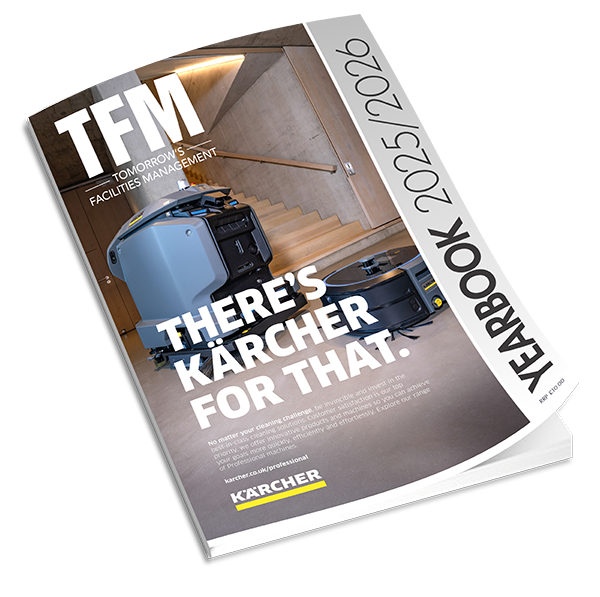The University of Oxford has upgraded its estates management processes with a new indoor mapping system to provide more efficient methods of maintaining asset data and how it charges university departments and other tenants for the space they use.
Offering easy access to property and interiors data across 300+ buildings and 35,000 spaces using interactive maps, the university chose GIS mapping technology from Esri UK to build the new system, which went live in May 2021.
Replacing manual processes, static CAD floorplan drawings and Excel spreadsheets, the new solution combines over 2,000 floorplans into a single interactive map, enabling the university to more easily share data online with building managers and department administrators. A two-way communication tool has also been introduced, so any modifications to lecture theatres, accommodation or classrooms can be easily fed back to the estates team online, replacing a labour-intensive and paper-based annual audit and improving how the university calculates charges for tenants.
Consisting of a broad portfolio, the University of Oxford’s estate includes academic buildings, laboratories, student and staff accommodation, commercial buildings for investment and leasing purposes, farms, plus space embedded in a number of hospitals around Oxford. The university charges academic departments and colleges for the space they use and also leases buildings to commercial entities. The University is the oldest in the English-speaking world and has more than 24,000 students.
The new indoor mapping system was created by migrating static CAD floorplans and associated building data into the online GIS (Geographic Information System) software from Esri UK. Interactive maps now give an overview of the estate, showing buildings in context of their surroundings down to individual floors, rooms and spaces, while interactive dashboards show floorplans, usage and cost details.
Lomin Saayman, Information Records Manager, University of Oxford Estates Services, explained: “The challenge was to create an indoor mapping system which would provide 24hr access to floorplan and budget information for academic departments and other tenants and keep pace with the dynamic nature of our estate, which has several thousand changes every year, from repurposing an office into a laboratory to minor modifications such as moving internal walls.
“The Esri UK solution gives us a geographical visualisation of our estate and allows tenants to report any changes so our central asset record is always up-to-date. The old process of confirming what space they occupied used to take around five months and wasted time chasing data, so now the estates team is free to work on other tasks. Overall, the increased visibility and accuracy is helping improve how we inform departments what they will be charged for the year and in how we plan for the future expansion of the estate. Purchasing the software via a Chest agreement also meant it was well within our budget.”
The new system is already contributing to the spatial planning of a large new laboratory facility being built, by revealing how the old 1960s building was previously used. Plans for the future include adding large or significant assets to the indoor mapping solution, such as an MRI scanner, by scanning items with a 3D scanner and making them visible on the map.



































